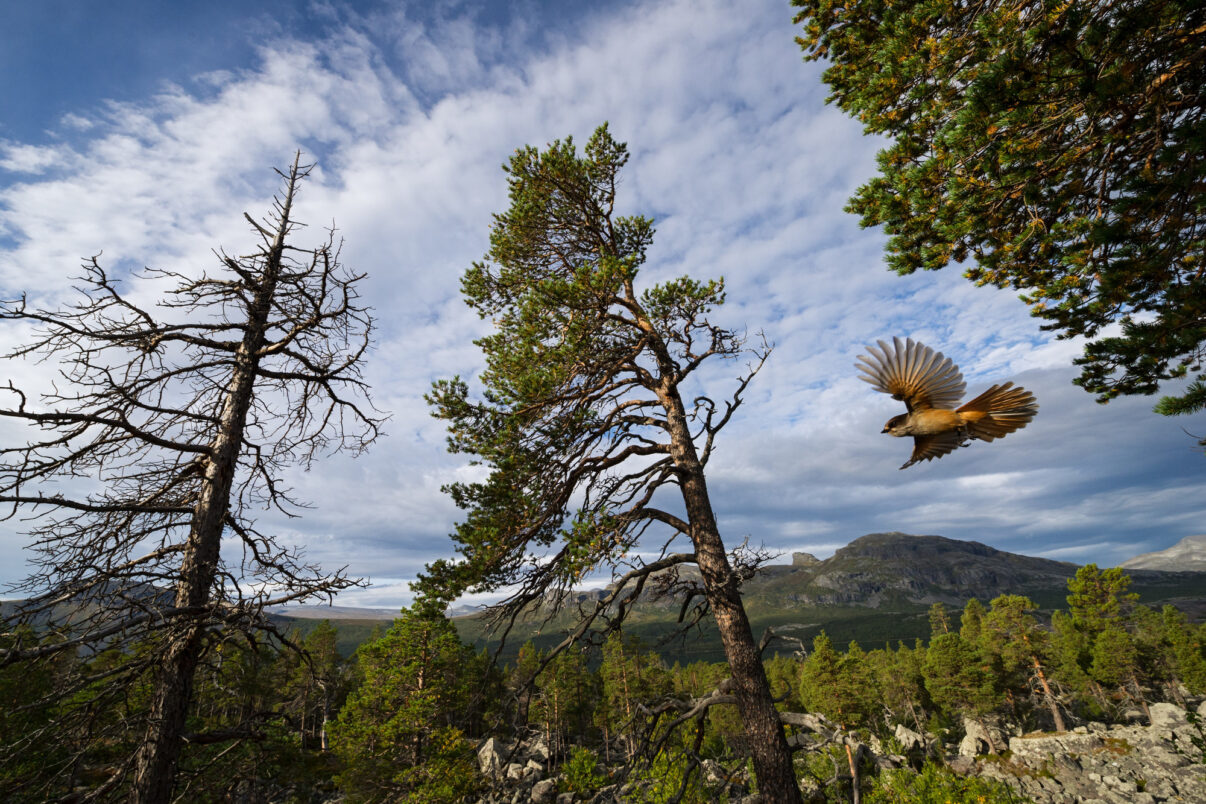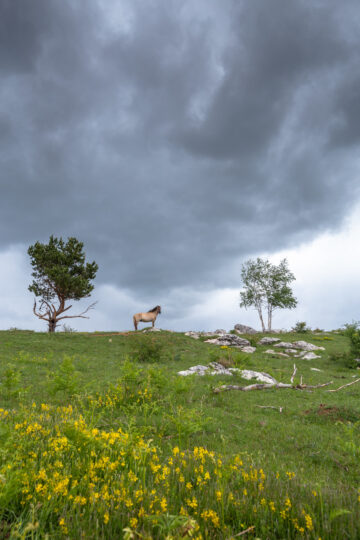The European Union will soon introduce legally binding restoration targets, backed up by a new “restoration law”. Rewilding is the best way for EU member states to meet their obligations.

A unique opportunity
As we begin the UN Decade on Ecosystem Restoration, reasons for recovering wild nature have never been more compelling. As they look to “build back better” in the aftermath of the Covid-19 pandemic, EU member states will soon have to meet legally binding nature restoration targets. Rewilding can and should play a major role in helping them meet those targets.
Hard restoration targets for EU member states are part of the EU’s Biodiversity Strategy for 2030. Their enforcement will require a new legal instrument, widely referred to as the “restoration law”. This law, which is now under discussion, presents a unique opportunity to enhance European biodiversity and address climate change by moving Europe towards carbon neutral or even carbon negative status.
Nature is our ally

Rewilding is an immediate, pragmatic and cost-effective approach to conservation. As such, it is the ideal way for EU member states to transform degraded ecosystems into “high quality” nature governed by natural processes.
Such a transformation would not only help these countries fulfil their legal obligations but would see fully functional and well-connected ecosystems deliver a wide range of benefits to European citizens. Benefits that encompass everything from cleaner air and more fertile soil to stronger, more sustainable economies, greater resilience to diseases such as Covid-19, and an enhanced ability to lock up and store atmospheric carbon.
An alignment with rewilding principles
Rewilding Europe, together with 19 other nature-focused NGOs, most of whom are members of the European Habitats Forum, recently published a policy paper. Entitled “Restoring the EU’s nature“, this put forward joint recommendations for key elements of the restoration law. In addition to covering restoration targets, these recommendations also outlined how restoration measures should work to ensure targets are met as quickly and effectively as possible.

Many of the criteria for restoration measures proposed in the policy paper align with the principles of rewilding. For example, the paper calls for interventions that restore natural processes. Rewilding means working at scale to rebuild wildlife diversity and abundance and giving natural processes the opportunity to enhance ecosystem resilience and functionality.
The paper also calls for restoration measures which “result in significant management change that puts nature on a path towards sustaining ‘high quality'”. Rewilding lets restored natural processes shape our landscapes and seascapes in a dynamic and progressive way, resulting in less human intervention in nature going forwards. This not only recognises that nature knows best when it comes to survival and self-governance but often results in significant financial savings.
Last but not least, the paper calls for the restoration of ecosystems that have the greatest potential to lock up and store atmospheric carbon, such as peatlands, old-growth forests and biodiversity-rich grasslands. Climate change and biodiversity loss may be two separate issues, but they are inextricably linked – this makes the restoration of nature through rewilding a great opportunity to address both simultaneously. This is why Rewilding Europe is heavily engaged in peatland and forest restoration.
Let’s act now
We need to act now to restore European nature. If we delay, the benefits will come too late. Over the next 10 years, rewilding could see our generation be the first-ever in human history to upgrade rather than downgrade European nature, both in terms of quality and quantity. This would be truly amazing.
A robust and coherent restoration law, complete with ambitious targets, will give EU member states a positive and progressive framework for action as we look towards 2030. In helping to realise such targets, rewilding can help to deliver a Europe that has more extensive areas of wilder nature, making it more liveable for every European citizen.
